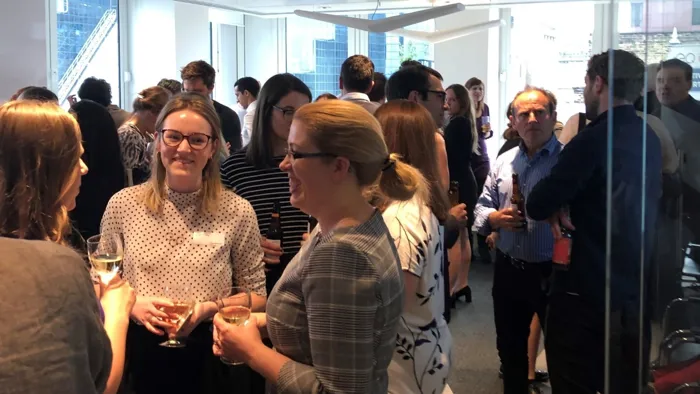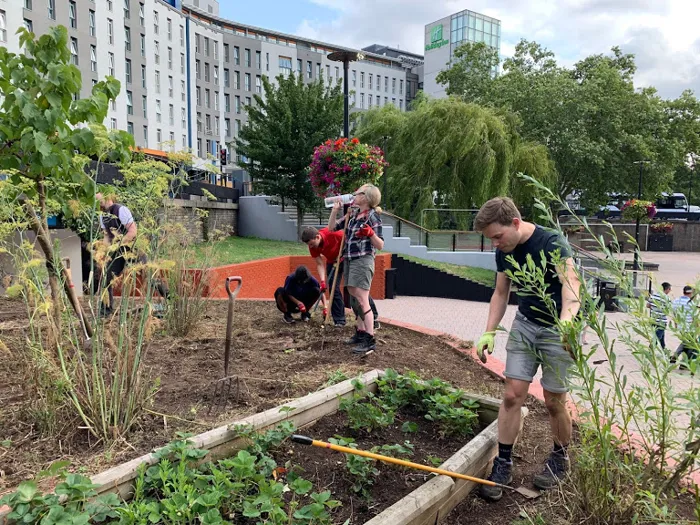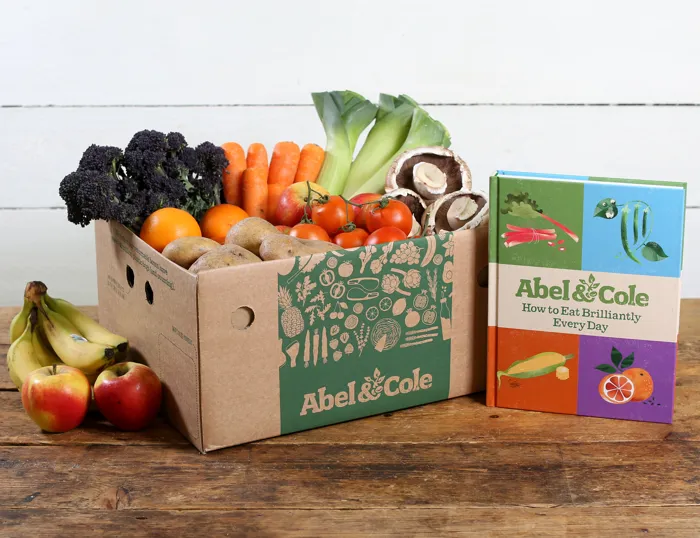Making the mark: 5 ways to improve your impact using the B Impact Assessment
Read insights from B Corps who’ve been there.

Over 150,000 businesses are measuring impact through the B Impact Assessment (BIA). 200 questions cover 12 months of operations across 5 impact areas, allowing you to dive deep into every area of your business and discover opportunities for growth, whether you’re a B Corp or not. How can you set yourself up for success from the outset? We spoke to B Corps with a track record of improving environmental and social performance to uncover top tips for using this powerful tool.
- Sustainable investing firm EQ Investors increased their score by an impressive 54.2 points to achieve 151.1 points when they recertified in 2021.
- Organic groceries company Abel & Cole recertified in 2021 with 103.5 points, an increase of 15.1 points.
- Giving platform Neighbourly recertified in 2021 with a score of 130.9.
Tip 1: Bring everyone on the journey with you
Ed Ayton, Sustainability & Farming Comms Manager, Abel & Cole: “Involve as many people as you can in the assessment. There are questions within the BIA that touch on many different themes - for example, questions on procurement would often need the input beyond just our colleagues in the buying team. We created 20 pairings of individuals to work on different questions to ensure we incorporated the relevant expertise”.
Louisiana Salge, Senior Sustainability Specialist, EQ Investors: “We took a team approach to the BIA, with an overall project manager and a relevant ‘Business Owner’ for each section. Our employees were excited to see our improved score as most contributed to the changes that were recognised. We even saw more employees volunteer for internal working groups after the announcement!”

Tip 2: There’s no quick solution, so play the long game!
Alexander Michelsen, Head of People Development, EQ Investors: “The first time we recertified there was so much we could do, just not enough time! Having a structure that is part owned by a charity was our founders’ original intention, but this is a complicated process. It took us a couple of years to fully work out the structure of two different share classes, and staff and foundation ownership, but this is now a core part of our Designed to Give Impact Business Model”.
Stefanie Sahmel, Abel & Cole: “There was never a moment when the baton was dropped. Even with some quick improvements, the bulk of our progress was made continually over three years. This included sharing performance data with staff, developing an internal anti-racism charter, setting targets around donations, and calculating & reducing our carbon footprint. Our Responsible Supplier Programme was a long time in the making, but its now an incredibly valuable set of criteria that allows us to have focused, meaningful conversations with suppliers”.
Tip 3: Everyone loves a checklist, but try to avoid a ‘tick box’ mindset
Steve Butterworth, CEO, Neighbourly: “We’ve always had a commitment to being the best we could be, rather than scoring points. The BIA allows you to go granular, but sometimes it’s important to keep a broad perspective and hold on to what’s important to you as an organisation. We’ve got a number of policies that aren’t given much weight in the BIA, such as unlimited volunteering for all our staff, but it’s an integral part of working at Neighbourly”.

Louisiana, EQ Investors: “It’s important to give new initiatives the time they need to flourish. This is how we approached our partnership with Resurgo, a charity that helps unemployed young people facing barriers to employment. Our first recruits joined 2 years in, and after maintaining the partnership for 6 years, 10% of our workforce are now recruited through the Resurgo Spear Programme. It provides excellent volunteering and mentoring opportunities for our employees”.
Tip 4: Embrace (and celebrate!) the challenge!
Alexander, EQ Investors: “We all need help to articulate our values, and challenge is crucial for this. When you have to evidence every claim, it’s hard! Going through the BIA helped us crystallise our thinking and avoid looking at activities through rose-tinted glasses. And it’s great to be able to show our long-standing clients that we’ve raised the bar continually over the years”.
Stefanie, Abel & Cole: “The response to our progress through this challenging process has been overwhelmingly positive. Our Instagram, LinkedIn and Facebook posts revealing our new score received the highest engagement of any posts that month, with visible engagement from staff, suppliers and followers alike”.

Tip 5: Make the most of all that the BIA has to offer
Alexander, EQ Investors: “We haven’t used the BIA to drive the industry-specific, technical aspects of our business, as by focusing on sustainable investing, this is naturally our strength, but we’ve leaned on it in other areas. We don’t have a large HR department, so it’s been an invaluable tool to ensure we apply best practices to employees - and we were proud to gain an extra Impact Business Model in Workforce Development”.
Louisiana, EQ Investors: “The BIA is designed to enable a collaborative team approach. We flagged outstanding questions and used the comments a lot to evidence every question. Our project manager found the Goals feature especially useful as a way to keep track of things that we wanted to improve but knew might take some time (e.g. six months, a year) to implement”.
Find out more about what the BIA measures and how the tool can be used to help drive improvement within your organisation. And for a more detailed look, download the full guide to certification.